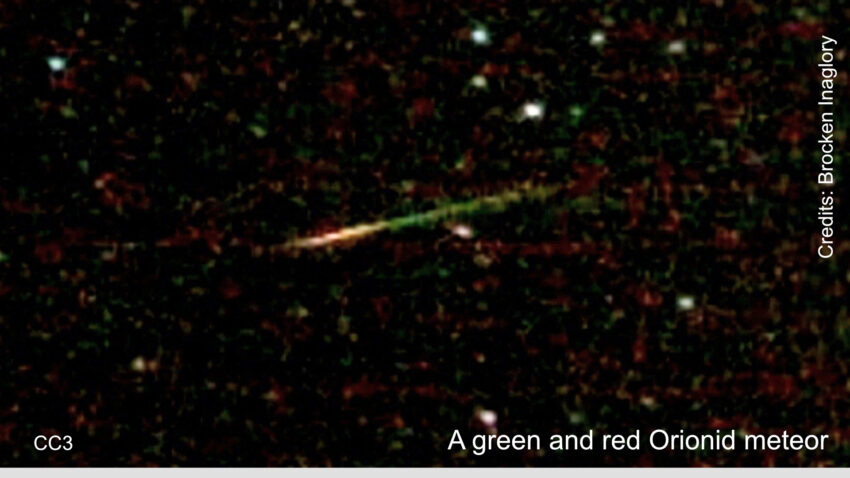The night sky is set to dazzle once again as the Orionid meteor shower prepares to peak. This annual celestial event, originating from Halley’s Comet, offers a mesmerizing display of shooting stars, captivating stargazers around the globe. The Orionids are known for their unpredictable nature, sometimes lighting up the sky with brilliance and at other times, providing a more subdued spectacle.
- Orionid Meteor Shower: The annual Orionid meteor shower, originating from Halley’s Comet, will peak soon, offering a dazzling display of shooting stars visible worldwide.
- Visibility Challenges: With an 83% full moon during the peak, bright moonlight might reduce visibility, but up to 60 meteors per hour can be seen under ideal conditions.
- Meteor Origins: The Orionids, like other meteor showers, are caused by debris from comets. As this debris enters Earth’s atmosphere, it creates glowing trails known as “shooting stars.”
- Viewing Tips: The best time to watch the Orionids is between midnight and pre-dawn hours. Viewers should find a dark spot away from city lights for optimal visibility.
One of the key factors influencing the visibility of the Orionids this year is the waning moon, which will be 83% full during the peak. This bright moonlight may make it challenging to spot the meteors. As noted by NASA’s Bill Cooke, the number of visible meteors can range anywhere from 20 to 60 per hour, depending on various conditions. The meteor shower will remain active until November 22, offering multiple viewing opportunities.
Many meteor showers, including the Orionids, are born from the debris of comets. In this case, the source is Halley’s Comet. When these space rocks enter Earth’s atmosphere, they heat up due to air resistance, leaving behind fiery trails known as “shooting stars.” These streaks of light are the result of the glowing pockets of air surrounding the meteors, which can vary in size from tiny dust particles to larger boulders.
For those eager to catch a glimpse of the Orionids, the best time for viewing is typically between midnight and the early predawn hours. To enhance the experience, it is recommended to find a location away from city lights and allow your eyes to adjust to the darkness. Avoiding the use of phones or other light-emitting devices will also help in maintaining night vision. October has already been a month filled with celestial events, further fueling the excitement for the Orionid meteor shower.
The meteor society offers resources and updates on upcoming meteor showers, including peak viewing times and moonlight conditions. Following the Orionids, the next significant meteor shower to watch for is the Southern Taurids, expected to peak in early November.

